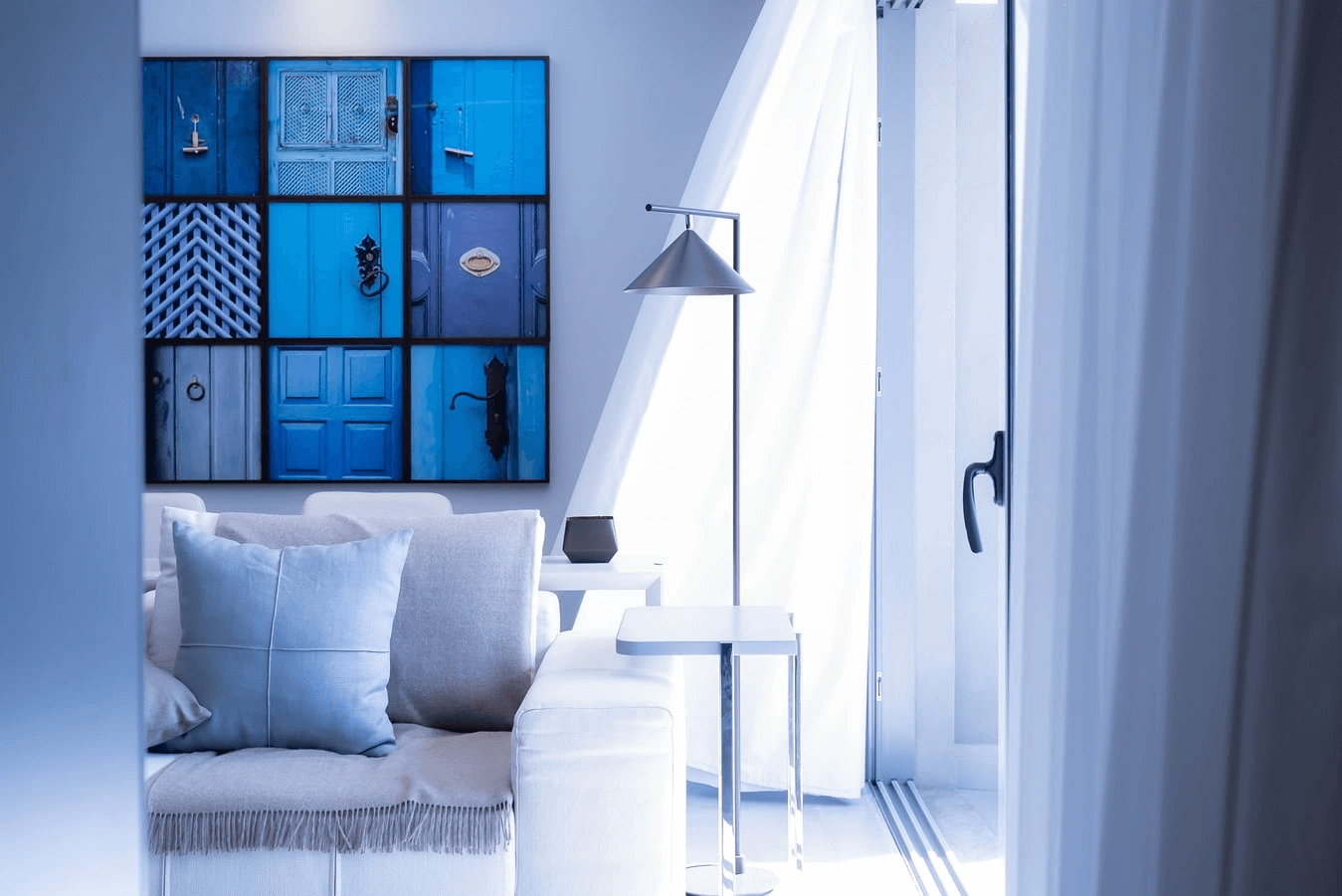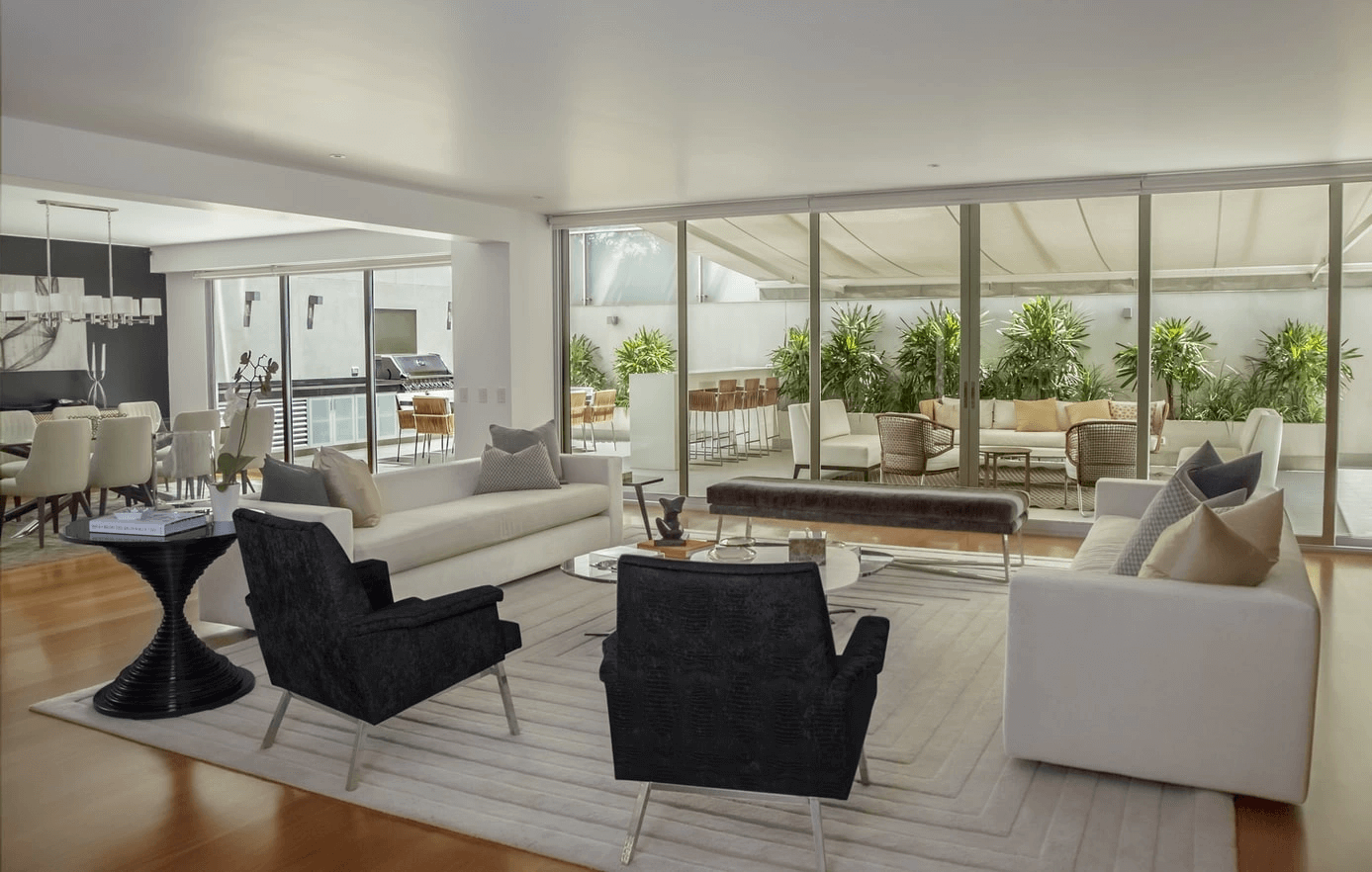How To Solve Common Sound Problems In Your Home
When we build and design our homes, acoustics are probably the last things on our minds. How many of us think actively about what our dwellings sound like? As is often the case with acoustics, they are out of sight and therefore out of mind—until a problem arises.

Maybe the sound of the stereo in a teenager’s bedroom echoes throughout the house or the noise of passing trains makes it difficult to sleep. Or perhaps your neighbor in the apartment next door complained that she can hear your TV through the wall.
The field of acoustics leaves most people baffled, and many builders and developers don’t prioritize spending money on acoustical consulting to ensure that homes and apartments sound pleasing to residents.
Fortunately, one does not need to study the concert halls of the 19th century to be able to talk about sound in rooms. For everyday individuals, a simple understanding of common problems can lead to easy DIY fixes.
Understanding sound in your home
Sound in a room has four main relationships with the room’s surfaces: It can be absorbed, transmitted, reflected, or diffused. Absorptive materials, like thick drapes or carpet, quiet the sound, while sound transmission means that the sound enters other spaces by passing through surfaces. When sound is reflected, that means it is bouncing off a surface; when it is diffused, that means it scatters.
Room acoustics involves balancing absorption, reflection, and diffusion, to both create pleasant-sounding rooms and to mitigate transmission to other rooms. Too much absorption can make a room sound dull and lifeless. Too much reflection can make small rooms loud and unpleasant. Too much diffusion can make it difficult to localize where a sound is coming from.
Commons sound problems and solutions
A good-sounding house is not on the same level as a good-sounding concert hall. It is merely a house whose sonic profile fulfils the needs of its inhabitants.
Most of us want our homes to be quiet, with little external noise to disturb us, and private, so the sounds of other people inside are not interfering with our lives. To accomplish these things, there are certain acoustical considerations to keep in mind when choosing or remodelling your home.
Location and construction
Even if the house is located on a noisy street or next to a highway, you can still find solitude inside, but you need to be mindful of a few things.
Be wary of too many windows. Windows, even when closed, are the number one transmitters of sound from outside. That great room with the two-story window may not be a good idea if your neighbours love to throw barbecues; however thick curtains can help keep sound out.
External materials also play a big part in noise mitigation. Brick or stone, even if only a veneer, let in much less sound than vinyl siding or stucco board.
Additionally, you can shape your landscape to help block exterior sounds: A row of evergreens or trees with thick foliage make an effective sound barrier.
Interior materials
Some acoustical problems can be easily mitigated by small choices. Consider different types of doors: glass or French doors may let in a lot of light, but they are poor at keeping sound out. Sliding barn doors are even worse because they do not form a tight seal with the surrounding wall.
Flooring choice matters, too. Wood and tile floors may be luxurious, but they transmit noise more efficiently and make small rooms louder by enabling stronger reflections. Hardwood upstairs can make for creaky footsteps as floors age. Consider carpet on upper levels, or add large area rugs.
Room arrangement
The sonic needs of a young couple are much different from those of a family of four, and as children age, the sonic needs of the family change.
Any parent knows how important sound is for keeping track of youngsters, so having the master bedroom on a separate floor than other bedrooms can make monitoring young children difficult. But as children get older, the separation of parents and children becomes a matter of sonic privacy.

Babies and young children can be awakened by street noise and or clanking pipes, but this can be easily avoided by moving them into rooms further from the noise source (e.g. closer to the backyard or away from the bathroom.) Making sure a teenager’s sound system isn’t against a wall that’s adjacent to a younger child’s room can also shave off quite a few decibels.
Outside of children, consider rooms like home offices. A home office facing the street or located next to a television room can make it impossible to work. Consider switching the noisy office with the quieter, but less frequently used guest bedroom.
The entertainment system
Televisions and stereos are often the most frustrating sources of noise. A TV mounted on the wall between two bedrooms is much more audible in the other room than if it were free-standing. Wall-mounted televisions may look nice, and save space, but a sound source against a wall enables sound to be transmitted and amplified through said wall.
For example: If you play music on your cell phone or small speaker and ask a friend to listen on the other side of the wall, and then touch the phone speakers to the wall, suddenly the noise is much more audible than before. This is called structure-borne noise and is easily fixed by detaching the TV from the wall or using external speakers that project the noise into the room with the television.
But be aware of what’s behind your TV. If it’s in front of a stone mantle, it will be significantly louder than if it was near a regular wall because stone is more reflective than drywall.
The open-concept
One of the most sonically difficult situations today is the open concept. An open concept is convenient for entertaining and moving quickly between rooms, but it can be a sonic nightmare.
A common open concept involves one interconnected living room, dining room, and kitchen. If the dining room and living room are used only for entertaining, this can lead to a feeling of sonic isolation from the rest of the house.
One of the most sonically difficult situations today is the open concept. An open concept is convenient for entertaining and moving quickly between rooms, but it can be a sonic nightmare.

If the television is in the living room, the sounds of Bridezillas suddenly overtake hundreds of square feet, which can turn into an aural arms race if mom is in the kitchen preparing dinner.
But this does not mean that an open floor plan is an acoustical dead end. Adding large area rugs to hardwood floors can mitigate the amount of sound in a room by reducing reflections. Heavy curtains will absorb sound from both outside and inside. If the noise gets to be too much, consider adding a partition or installing a door between spaces previously left open.
Thankfully, many acoustical solutions are easy. Noisy street? Try curtains. Noisy feet? Add an area rug. Quality acoustics don’t need to involve a contractor or ugly wall panels. For most of us, the good-sounding house is well within our reach.
Regardless, in some cases, making sure your apartment or home has great acoustics could be complicated, even costly, for first-timers. If you need consultations, our noise control experts are always available. Contact us now at Acoustica Projects!
Call us 1300 498 268
Email us – enquires@acousticaprojects.com.au
Website – https://acousticaprojects.com.au/

